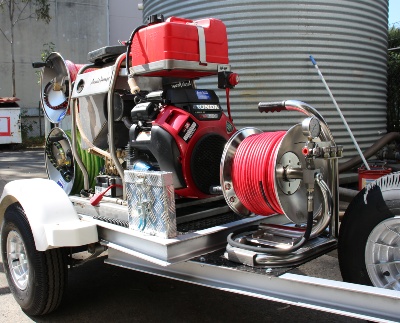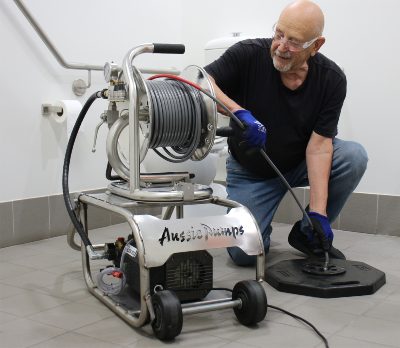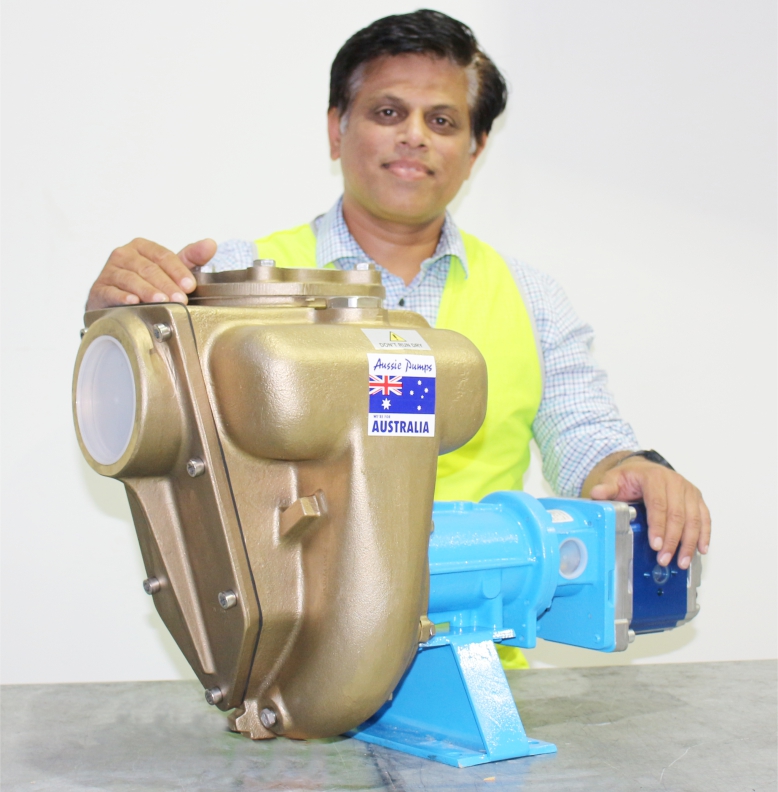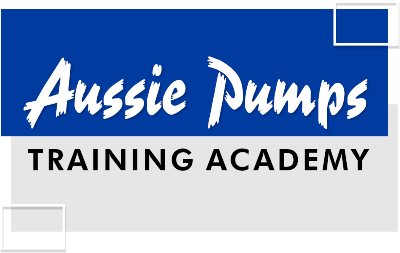Horse people have a special relationship with their animals. This year we need to be conscious of the horrific fires in the northern hemisphere and to learn the lesson about fire preparation to protect not just ourselves and our property but our livestock as well. Whether you are involved in recreational riding, jumping, equestrian events or involved with work horses doing cattle work, you have the same relationship that has been bred down into us through thousands of years.
One company, Australian Pump Industries, located in Sydney’s Hills District, is in the centre of possibly the most densely populated horse area in the country. Pony clubs abound, trail riding is popular and sometimes we breed equestrian super stars. Like much of the rest of the country we are also subject to bushfires that can sweep through at an incredible pace, and take even those who are prepared, by surprise.
Here are some basic suggestions and hints from the team at Aussie Pumps about keeping our horses safe.
-
PRACTICE YOUR SURVIVAL PLAN
Develop your own bushfire safety plan and carry out regular drills. Understand your equipment, its capability and limitations.
Make sure you and your team understand that the your fire pumps should be fueled and primed, ready to go. Run them occasionally to make sure everything works properly.
Attach the fire hoses, check for leaks and make sure water is coming through the fire nozzles at a suitable rate.
If pump performance is substandard, you know you’ve got a problem. The most common priming issue is an air leak in the suction hose, check the seals in the couplings are in place. It that doesn’t fix the problem, get your pump engine serviced and replace any pump seals that are leaking.
-
UNDERSTAND THE BATTLEGROUND
This means having your horse ‘safe area’ well established and have the animals familiar with it. It should have primary and alternative access and of course, where necessary, a way out. Ensure there is feed and water as the horses may be there for some time, but that there is minimum fuel to catch fire.
-
PREPPING THE HORSE
Experts recommend removing all synthetic material from the animal. That includes lead ropes, rugs, halters, fly veils. Rope halters burn. They are a danger and should be avoided.
Leather or soaking wet canvas halters are a better option but even then, beware of the buckles which can get very hot and cause injury.
We also recommend drenching the horse and soaking the mane and tail with water if you have to pass through or near the fire. Platting the tails may reduce the chance of ignition as well.
Experts also recommend writing a mobile phone number on the haunch of each horse with livestock crayon and removing iron, steel or aluminium shoes. Many horses have an inherent fire instinct. They will gallop along, through or even around the fire front and stand on burnt ground until the fire has past because of the instinct for self-preservation.
SAVE YOURSELF
Since fire fronts move quickly, both through bush and grass, once it hits you there is very little you can actually do. Staying with the horse to comfort it can have the opposite affect by preventing it from using its own instincts to stay safe. It may also put you in a lot of danger.
The sound of bushfires is deafening and it is highly likely a horse may panic and bolt. Experts recommend “Stand back and give your horse room to run”.
BUY THE RIGHT GEAR
If you are choosing to stay and protect your equine friends be prepared. Having a big Rapid Plas 20,000 litre tank filled with water is a good start. Match that with an Aussie Fire Chief, regarded as the world’s best lightweight portable fire pump and equipped with a quality hose and nozzle kit.
Aussie Pump’s unique “Fire Survival Guide” is also a good read and should be regarded as essential for anybody who plans ‘fight, rather than flight’. Only you can make that decision and reason the team at Aussie put this story together is because they know just how emotional that decision can be.
Be prepared, have your plans laid out quite clearly, make sure your pump is primed and the family or neighbourhood team know the drill. Although they can hope for the best, that you should always be prepared for the worst.
For further information on Aussie’s range of fire pumps click here





